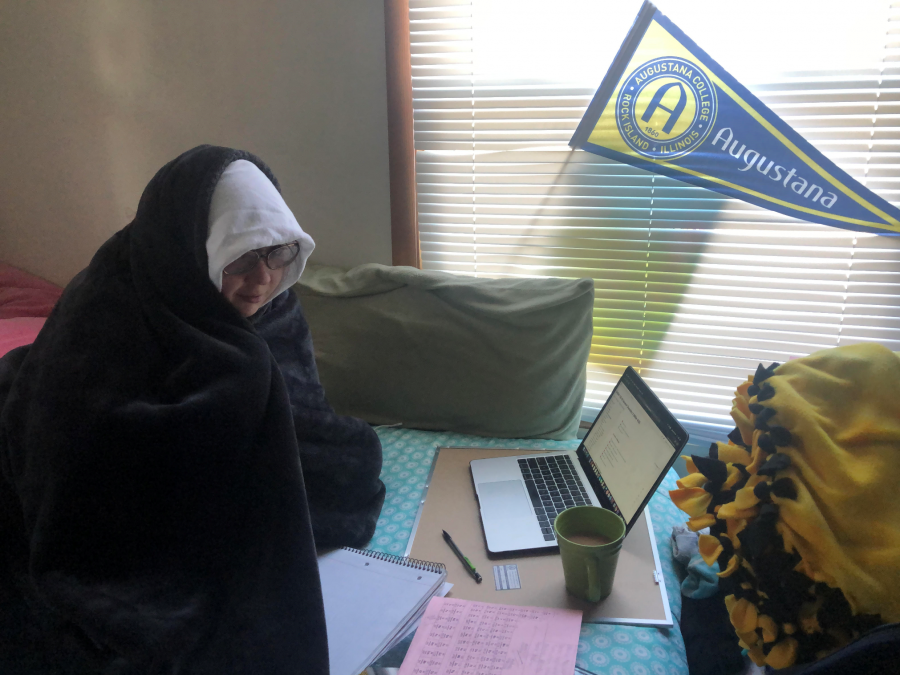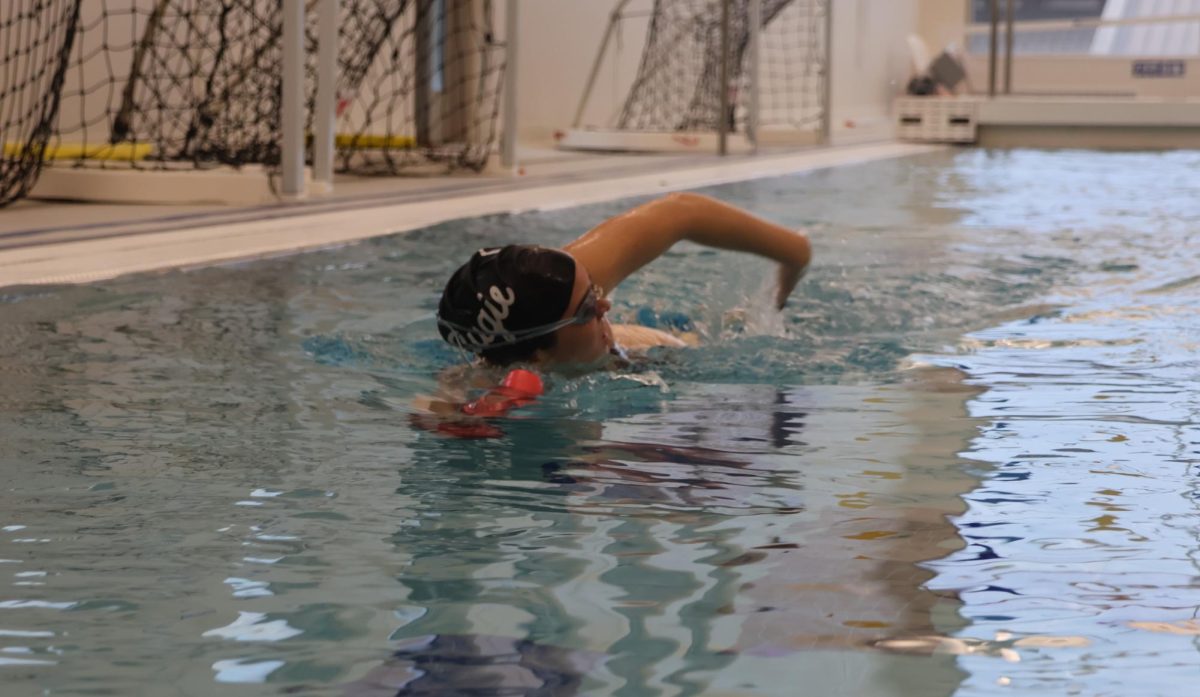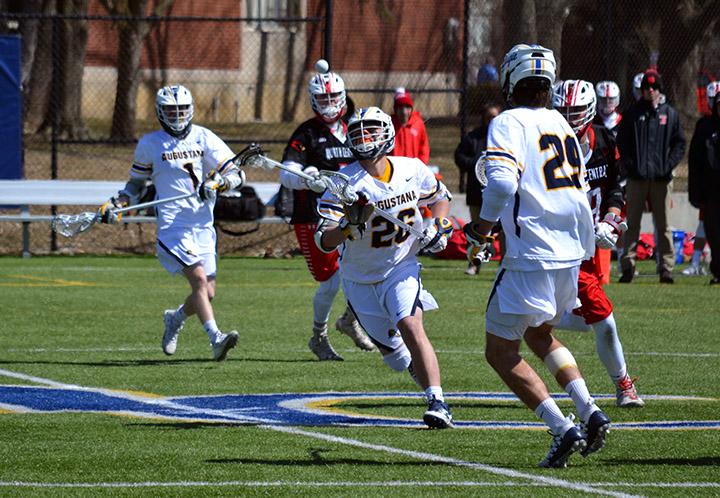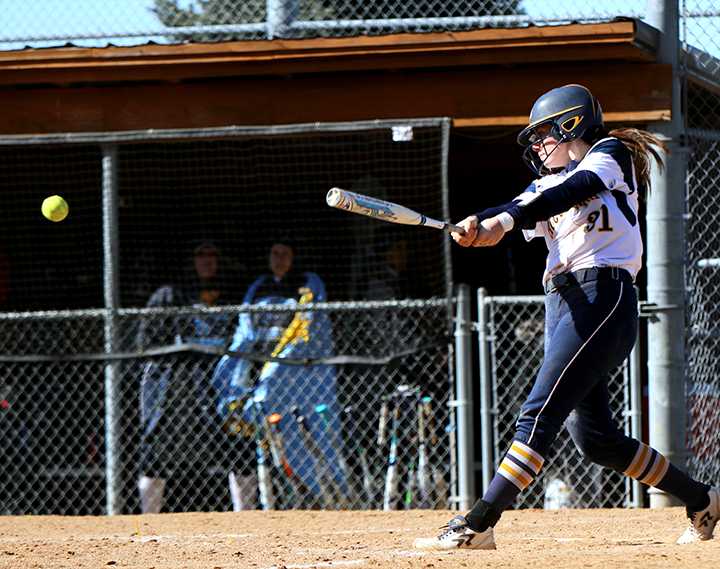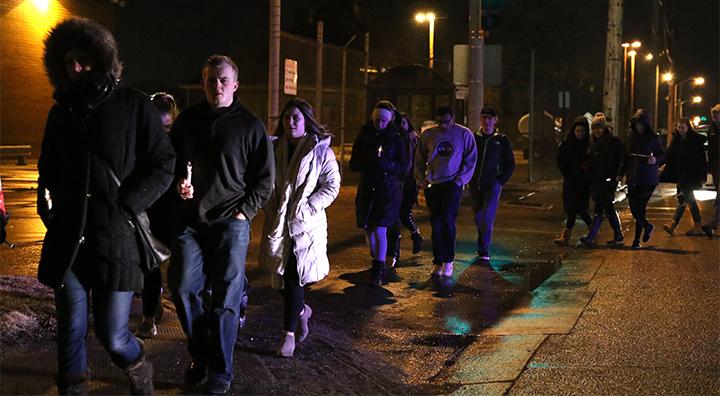Imagine checking your student account and seeing an unexpected bill — one unrelated to your tuition, housing or food plan but for damage caused in a communal space.
When the accountable individual fails to come forward, many colleges, including Augustana, have adopted the practice of spreading damage charges among all occupants of a certain dorm or building.
The rationale behind this strategy is understandable: Damages to university property must be addressed, and while the perpetrators stay nameless, it appears that the only feasible option to prevent a financial loss is to split the costs.
However, a more equitable system needs to be put in place.
Students in Westerlin Hall at Augustana, for instance, were recently subject to an all-encompassing fee because of harm caused by an electric scooter.
The administration sent out notices through email asking the accountable person to come forward, but predictably, nobody did.
Given the circumstances, it is imperative to ask whether or not this collective financial responsibility approach is fair.
From a logistical perspective, it makes sense, repairs must be paid even if no one takes responsibility. There could even be a teaching component to the concept of collective accountability.
In an ideal world, students would pressure the offending party through their peers, stopping such situations from happening again.
The fairness of this strategy is called into question when you consider the pupils who were not present for the scooter’s initial appearance who had nothing to do with the occurrence and who didn’t witness it.
Paying for harm done by an anonymous classmate seems more like arbitrary punishment than shared accountability.
Those who criticize the existing model do so because it is a lazy system that would sooner cast a broad net than undertake the laborious task of determining who is at fault.
In bigger dorms, where students might not even know their roommates, let alone have any hope of identifying a perpetrator, this strategy can be very troublesome.
Even in cases when the charge is minimal, some students could find it financially hard to pay for the harm they did not cause.
In addition, the existing structure could produce unfavorable incentives.
Should pupils be aware that the blame would be distributed, they could be less inclined to come forward or stop more harm from occurring.
Furthermore, if the charge’s amount is disclosed before its application, this might lead to less likelihood the perpetrators will come forward at all.
To solve this issue more equitably, the college should look at other methods.
One choice would be to hold off on disclosing the entire charge to give students more time to come forward.
No solution will please everyone, but continuing the current practice seems destined to breed resentment.
There’s a risk that collective punishment undermines community spirit rather than strengthens it, turning students against their peers rather than encouraging responsibility.
While damage must be rectified, a more equitable and focused strategy for handling dorm damage might assist in addressing the issue without needlessly punishing students.
It’s time for a new, more equitable way to handle dorm damage.



































